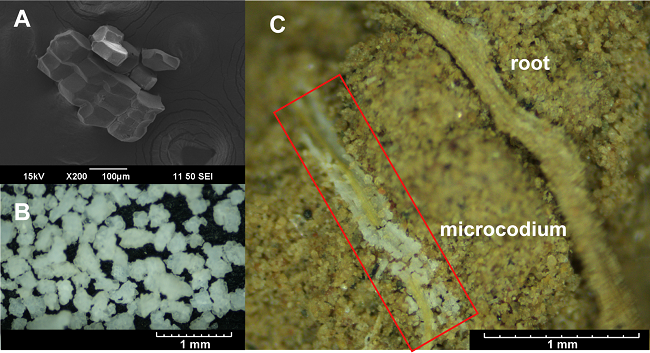
A research team led by Prof. LIU Jinxian from the Institute of Oceanology of the Chinese Academy of Sciences, explored the genetic underpinnings of rapid freshwater adaptation in the Salangid icefish (Neosalanx brevirostris). Their work compared genomic variations between the species' ancestral anadromous population and derived freshwater-resident groups.
A research team led by Prof. ZHOU Yi from the Institute of Oceanology of the Chinese Academy of Sciences, in collaboration with researchers from Germany's GEOMAR Helmholtz Centre for Ocean Research Kiel and other institutions, has discovered cryptic speciation within Nanozostera japonica—a seagrass species common across the Northwest Pacific.

A new study solves a long-standing climate mystery: Why don't the records of oxygen isotopes in cave formations like stalagmites—known as speleothems—from central southern China reflect the well-known 100,000-year cycles of ice ages seen in other global climate records? These speleothem records have long been considered a key indicator of the strength of the Asian summer monsoon, so their failure to show these major climate shifts has puzzled scientists for decades.

A new study highlights significant mantle contributions to ore-forming fluids. The research—led by Prof. YANG Jiehua from the Institute of Geochemistry of the Chinese Academy of Sciences (CAS), with guidance from CAS member Prof. HU Ruizhong—reveals that mantle activity plays a critical, previously underappreciated role in tungsten metallogeny.
A research team led by scientists from the Research Center for Eco-Environmental Sciences of the Chinese Academy of Sciences, collaborating with international partners, analyzed satellite data to quantify fragmentation's impact on forest resilience worldwide.
A research team led by Prof. YAN Hong from the Institute of Earth Environment of the Chinese Academy of Sciences has developed the first daily-resolution proxy dataset to investigate prehistoric TC activity. The research draws on a 12-year growth record from a fossil Tridacna shell—a 3,000-year-old bivalve unearthed in the northern South China Sea.

86-10-68597521 (day)
86-10-68597289 (night)

52 Sanlihe Rd., Xicheng District,
Beijing, China (100864)

